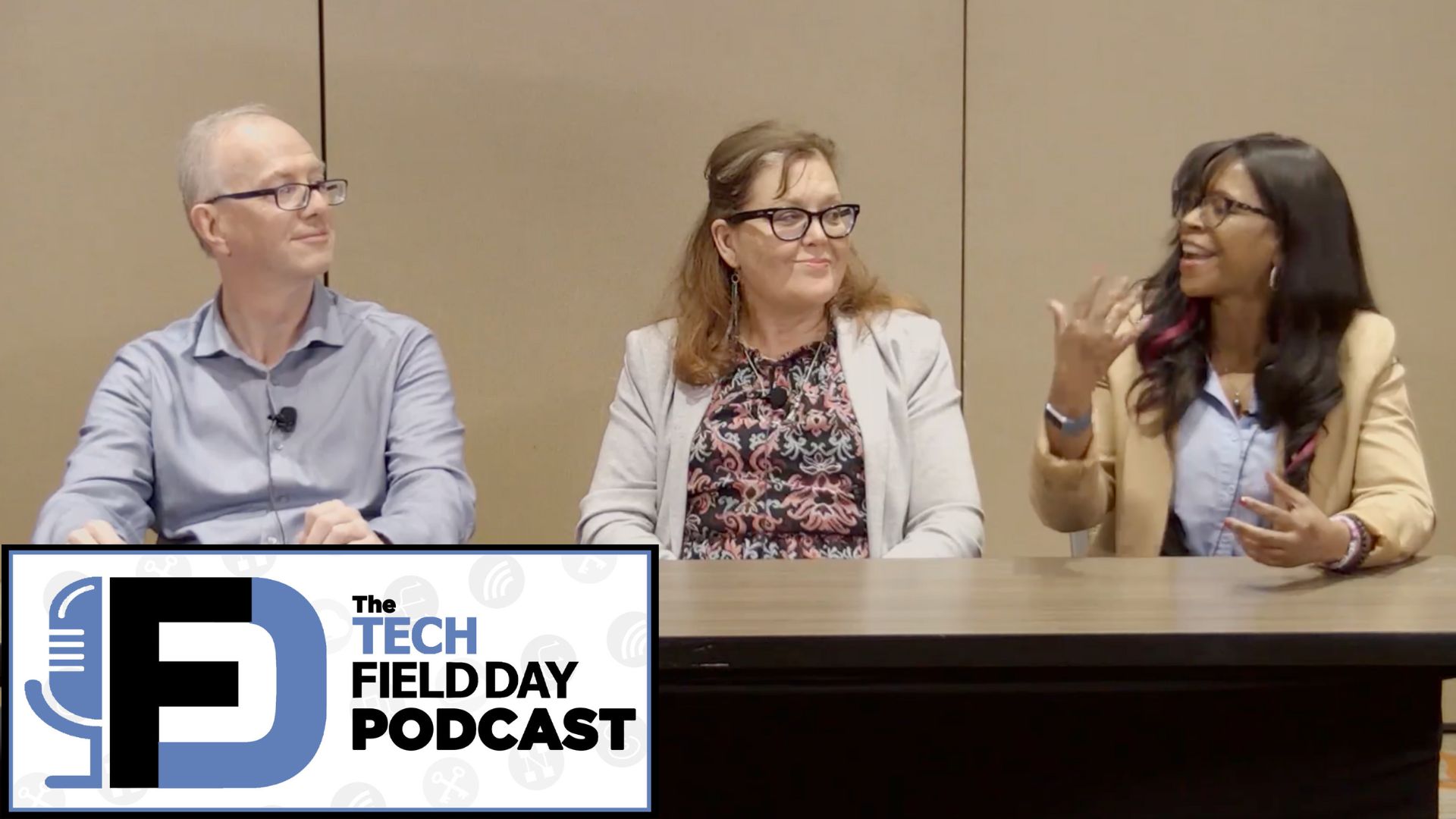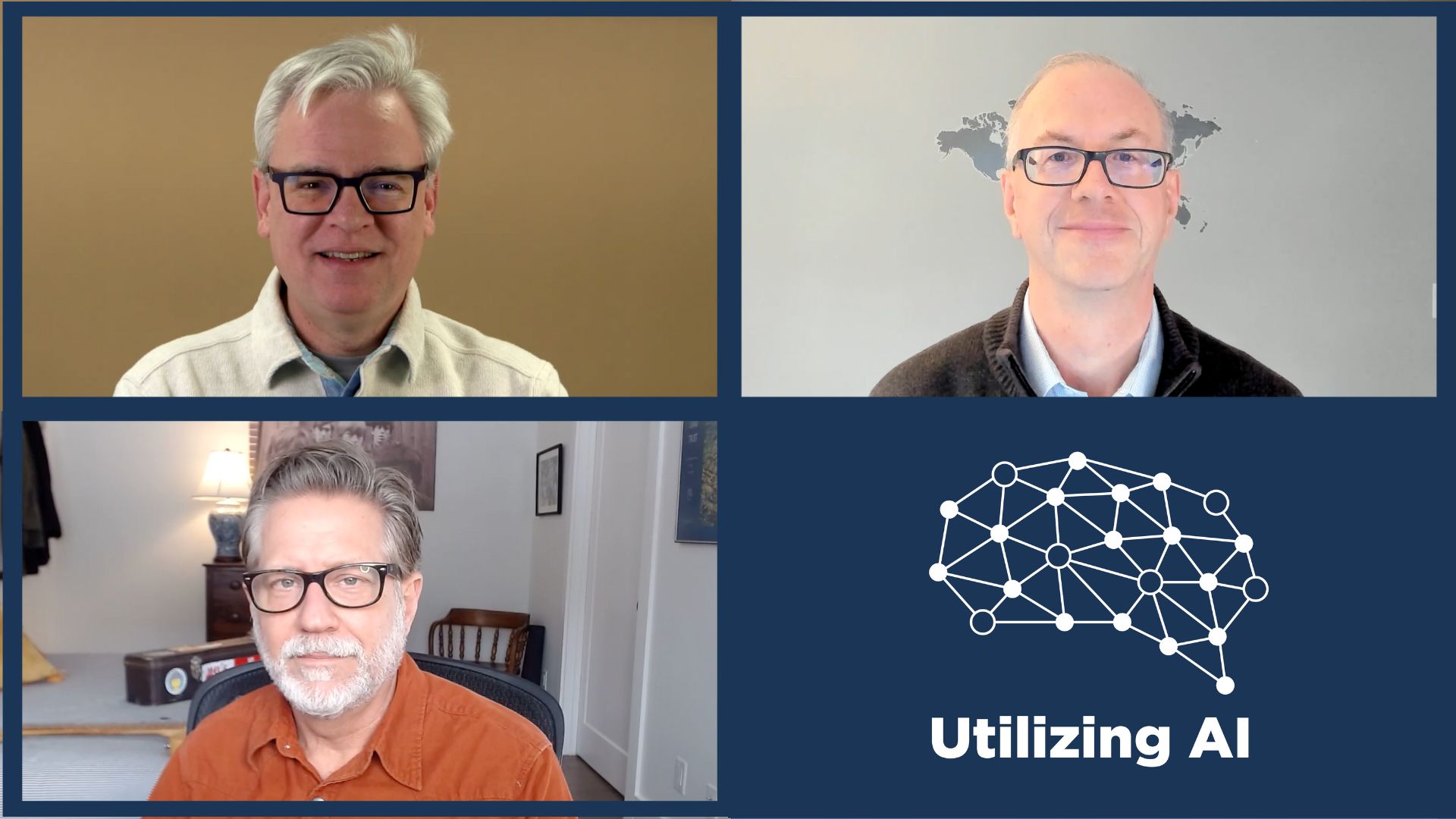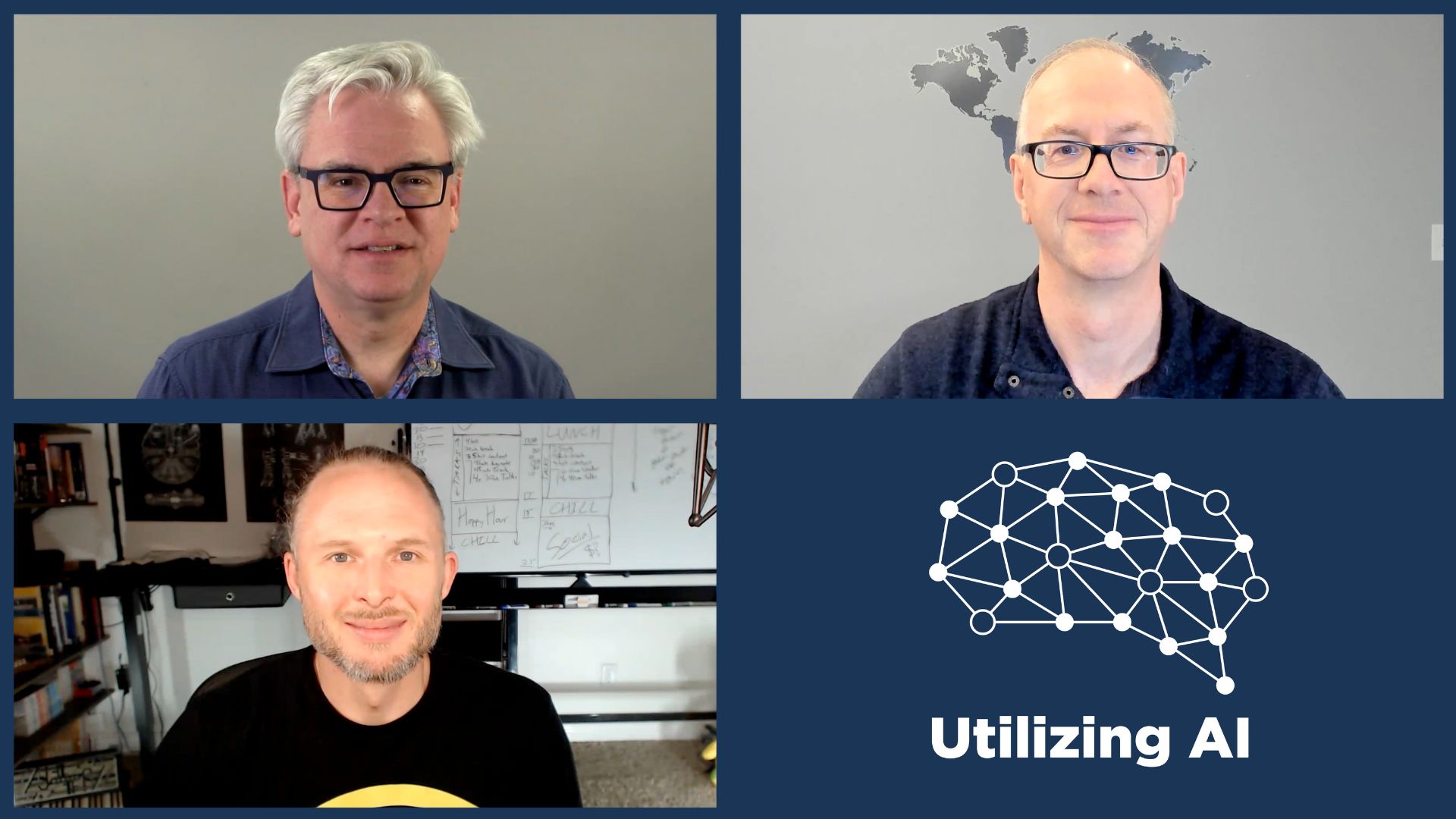The fall session of the Open Networking Users Group (ONUG) was held in New York City this year, with many large enterprises, financial institutions, and researchers discussing how SDN, cloud, and DevOps have been disrupting/improving the way their organizations operate. The large bulk of the work of ONUG happens within the smaller technology focused working groups, but the bi-annual conference gives a big picture view on the current state of open networking initiatives. Below are just three notable themes that were presented during the two-day conference.
2017 Is The Year Of SD-WAN Implementation
Of all of the variations of software defined networking currently being talked about, software defined WAN (SD-WAN) certainly is getting the lion’s share of press and traction. But just how popular is SD-WAN? It turns out that it might even be more popular than you would think. Well over 90% of attendees at ONUG have been considering an SD-WAN deployment in some form. In that same sample, over 50% are already in deployment with half of those deployments considered large scale deployments.
It can’t be ignored that the sample population is a group of people with a vested interest in next-generation network technologies, but even in a focused population like this the numbers are impressive. There isn’t much doubt in the ONUG community that 2017 will be the year that organizations start moving from evaluations to production implementations of SD-WAN and that is further reflected in the IDC’s estimation that the SD-WAN market will more than double from $600 million in 2016 to $1.4 billion in 2017.
ONUG has participated in the evolution of SD-WAN from very early on, starting with developing a community use case including solution requirements in the Spring of 2014. Since then, they have published a feature verification testing framework as well having POC demonstrations of the primary solutions in the space. Currently the ONUG members are working on an Open SD-WAN Exchange framework to provide guidance on interoperability between vendors.
Network Monitoring Must Get Better
One of the newer areas of focus at ONUG is in analytics and telemetry. Amongst the presenters it was nearly universally accepted that the next-generation of integrated networks will require significantly better visibility for operation. The days of a centralized monitoring engine polling devices for information is no longer keeping up with what the business needs from the infrastructure.
By making the network more dynamic and responsive, open monitoring models and machine to machine communication are going to be playing a larger role in how the network detects and reacts to changing conditions. Also, due to the ephemeral nature of containerized applications, troubleshooting is going to be relegated to replay of events rather than investigations of current operations. This brings challenges that we haven’t seen before and that cannot be addressed by the current generation of monitoring solutions.
The demand for monitoring and visibility was clearly demonstrated when ONUG co-founder Nick Lippis asked for a show of hands on how many of the organizations in the room spent $100 million or more a year on analytics/visibility and nine responded that they did. When asked how many organizations spent $10 million or more the number jumped to over 30. These are organizations who are actively pursuing these new models of infrastructure operations and real money is being spent on solving the problem.
ONUG is working on a number of initiatives focusing on open and interoperable data formats for state and analytics data, with the hope of influencing manufacturers to provide access to this data in these standardized formats. Time will tell how effective this approach will be but the need for it could be clearer.
The Network Perimeter/Border Is Officially Dead (Again)
One of the more insightful comments that came up is when Chris Drumgoole from GE started talking about their transition to cloud infrastructure. Simply put, they no longer trust that their network is secure. By letting the network do what it was initially intended to do (transport data), and moving the responsibility for secure transmission of data up the stack to the application, it has granted them far more flexibility on where their workloads are located.
It makes total sense, if an organization’s network is simply an extension of the Internet, what difference does it make if a workload exists on a public or private cloud? Latency and adjacency to data are going to drive location, rather than a security posture or set of security tools. Additionally, it removes policy enforcement from the core transport portion of your network, freeing hardware vendors to focus their efforts on their core business of moving packets. Overlays will be the tool used to enforce business policy and implement service chaining for the filtering we typically see at network edges today.
Final Thoughts
The initiatives that ONUG is attempting to undertake aren’t modest and moving an industry that has been reluctant to change is bound to be a slow, and sometimes painful, process. However, it is encouraging to see a diverse community of experienced executives, engineers, and researchers come to together in an effort to shape the narrative of what the future of networking should look like. I look forward to seeing strong pushes for interoperability between traditionally closed systems and for the collective nature of the group to be used to positively influence traditional networking vendors to support more open solutions.
Jordan Martin is a Principal Consultant of datacenter technologies based out of eastern Pennsylvania. His blog can be found at http://www.JordanMartin.net/ and followed on Twitter as @BCJordo.
 This post is part of the ONUG Fall 2016 Tech Talk Series. For more information, please see the rest of the series HERE. To learn more about the 2017 meeting dates and locations, please visit http://OpenNetworkingUserGroup.com.
This post is part of the ONUG Fall 2016 Tech Talk Series. For more information, please see the rest of the series HERE. To learn more about the 2017 meeting dates and locations, please visit http://OpenNetworkingUserGroup.com.





